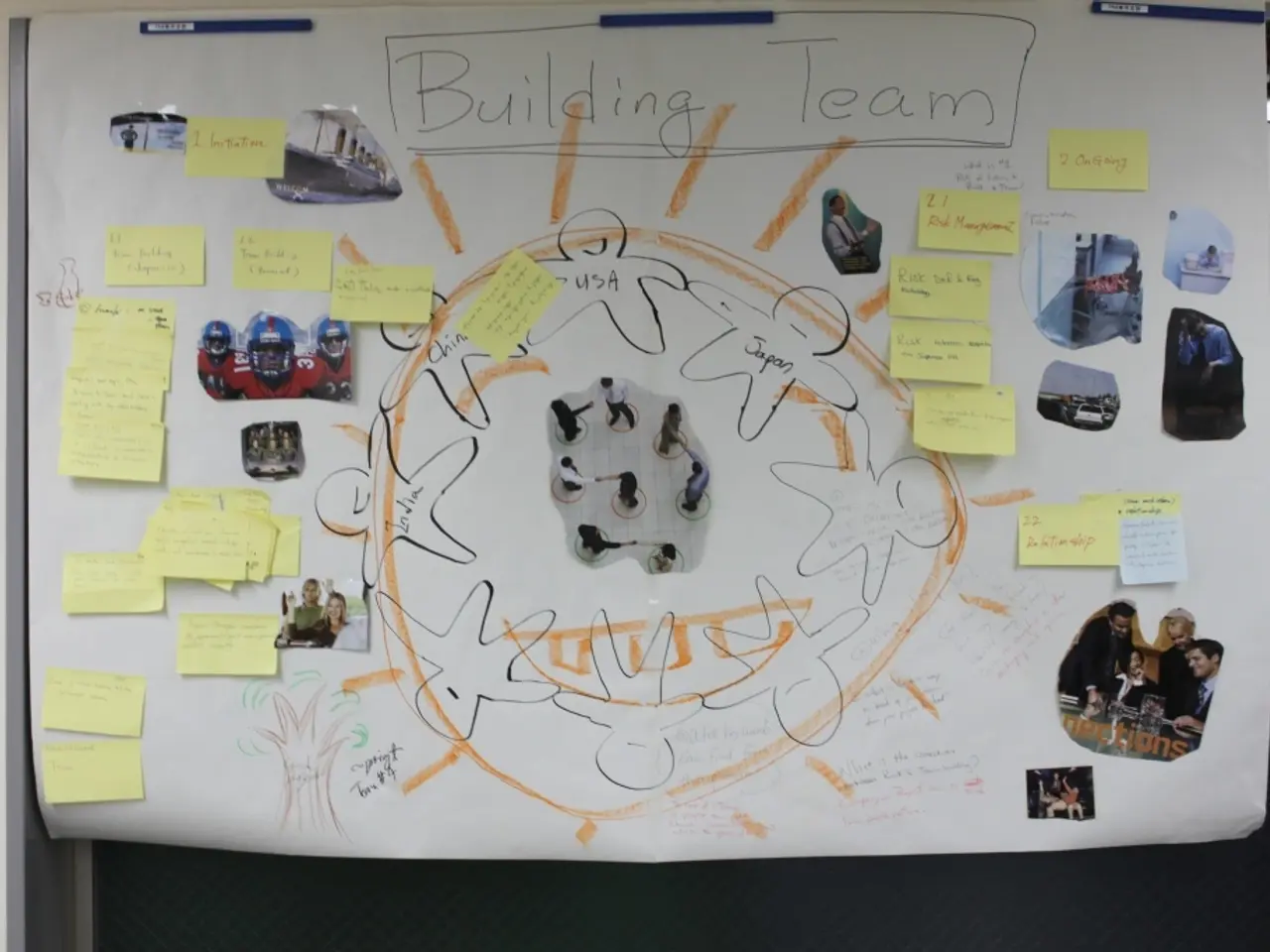Pricing Strategy for Drone Services: Insight into Setting Drone Service Rates
In the rapidly evolving world of drone technology, pricing trends for drone services in 2025 vary considerably across industries, influenced by technological advancements, market expansion, and evolving applications.
### Agriculture
Pricing in agriculture drone services is expected to decrease by about 30% in 2025 due to advancements in AI, sensor technologies, and decreases in hardware costs. This has made precision agriculture, smart farm management, and sustainable production more accessible and cost-effective for farmers of all sizes.
### Construction and Energy
The commercial drone market, which heavily includes construction and energy sectors, is growing rapidly, projected to reach $54–55 billion by 2030 with an annual growth rate around 7.7%. This sector largely involves aerial surveying, 3D mapping, inspection, and monitoring of infrastructure like power lines, cell towers, and wind turbines.
Pricing is influenced by the complexity of services such as mapping and asset inspection, with drone fleets increasingly equipped with advanced hardware to replace labor-intensive methods, which tend to justify higher service fees but improve overall efficiency and safety.
### Public Safety
Drones employed in public safety, including emergency response and surveillance, benefit from AI integration that allows autonomous operations with limited human input. The AI in drones market alone is growing at a CAGR of 27.4%, indicating rising demand and higher value services.
Pricing here tends to factor in specialized features such as AI-enabled autonomous flight, real-time data transmission, and integration with existing emergency protocols, which can command premium fees but deliver critical operational advantages.
### Marketing and Media
In marketing and media (including aerial photography and cinematography), drone services remain a vital application, driven by demand for high-quality visuals and storytelling. Pricing is impacted by factors like drone type, camera quality, flight time, and complexity of shots, with competition pushing prices but also enabling innovative service packages.
### Influencing Factors Across Industries
- Technological advancements: AI and machine learning, improved sensors, autonomous flight, and better battery life are lowering costs and enabling new use cases, putting downward pressure on pricing especially in sectors like agriculture. - Market growth and competition: Expanding adoption, seen in delivery drones growing at 25.5% CAGR and the broader commercial segment expanding fast, promotes competitive pricing structures and diversification of service models. - Regulatory environment: Evolving government regulations, such as FAA rules in North America, affect operational costs and service feasibility, influencing pricing. - Customization and complexity: Tailored services that address specific industry needs (e.g., precision agriculture analytics, infrastructure monitoring) command variable pricing based on the sophistication and scale of the drone operations. - Integration with IT and data analytics: Many industries are increasingly combining drone data with IT platforms, boosting service value though sometimes increasing service costs due to analytics capabilities offered.
When offering niche services like thermal inspections or multispectral mapping, factor in specialized equipment costs, additional training, and higher insurance premiums. Factors to include when calculating rates for drone services include time on-site, planning, editing, data processing, equipment depreciation, insurance, certifications, travel, and potential crew costs.
Flat rate per project pricing offers predictable costs and is used for well-defined deliverables with clear scope. Offering subscription or retainer packages can provide predictable income and strengthen client relationships, and are ideal for clients needing regular updates. Established pilots with a strong track record can justify higher rates for drone services.
- The decreasing costs in agriculture drone services, resulting from advancements in AI, sensor technologies, and lower hardware costs, have made precision agriculture, smart farm management, and sustainable production more accessible and affordable for farmers of all sizes.
- In the commercial drone market, which is largely composed of the construction and energy sectors, pricing is influenced by the complexity of services such as mapping, inspection, and monitoring, with drone fleets equipped with advanced hardware to replace labor-intensive methods, usually justifying higher service fees yet improving overall efficiency and safety.
- Drones employed in public safety services, such as emergency response and surveillance, benefit from AI integration that allows autonomous operations with limited human input, with pricing based on specialized features like AI-enabled autonomous flight, real-time data transmission, and integration with existing emergency protocols, which can command premium fees yet deliver critical operational advantages.
- In marketing and media (including aerial videography and cinematography), drone services remain a crucial application, driven by demand for high-quality visuals and storytelling, with pricing affected by factors like drone type, camera quality, flight time, and complexity of shots.
- Technological advancements, including AI and machine learning, improved sensors, autonomous flight, and better battery life, are lowering costs and enabling new use cases, putting downward pressure on pricing, especially in sectors like agriculture.
- Expanding adoption of drone services in delivery drones and the broader commercial segment is driving market growth and competition, promoting competitive pricing structures and diversification of service models.
- Evolving government regulations, such as FAA rules in North America, can affect operational costs and service feasibility, ultimately impacting pricing.
- Tailored services addressing specific industry needs, like precision agriculture analytics or infrastructure monitoring, can command variable pricing based on the sophistication and scale of the drone operations.
- Integration with IT platforms and data analytics can boost service value but may sometimes increase service costs due to the analytics capabilities offered. When offering niche services like thermal inspections or multispectral mapping, factor in specialized equipment costs, additional training, and higher insurance premiums.




